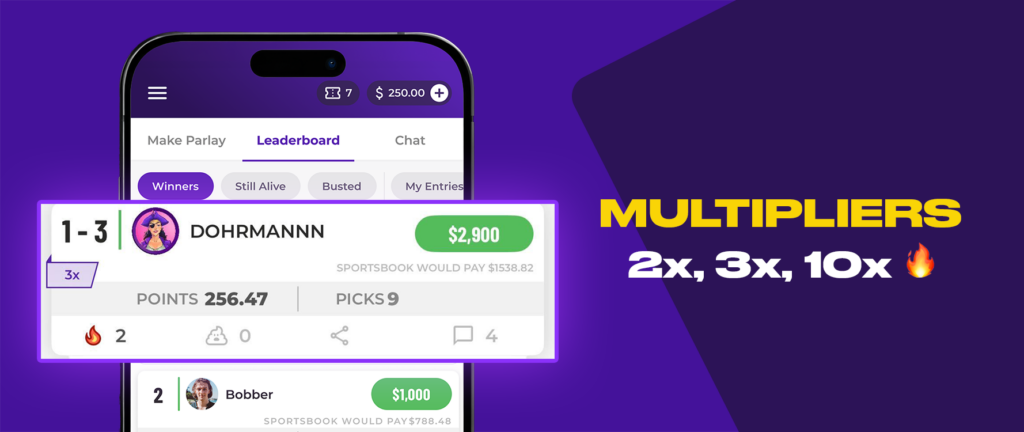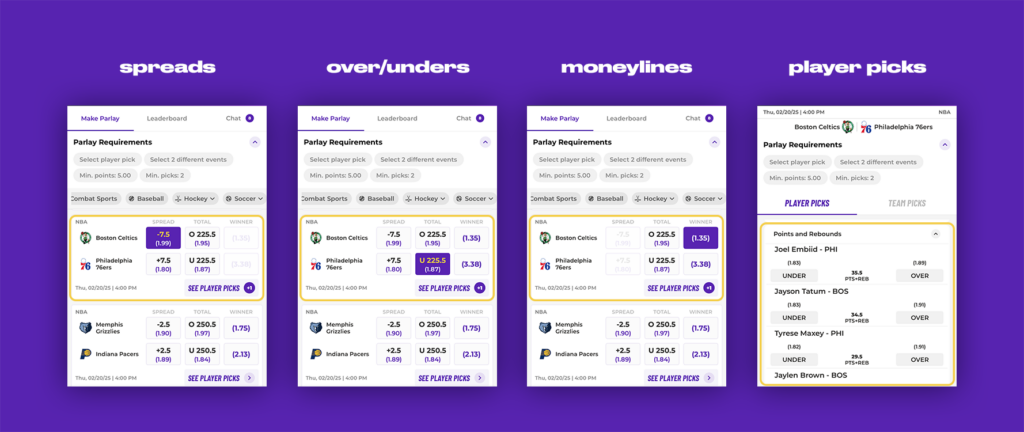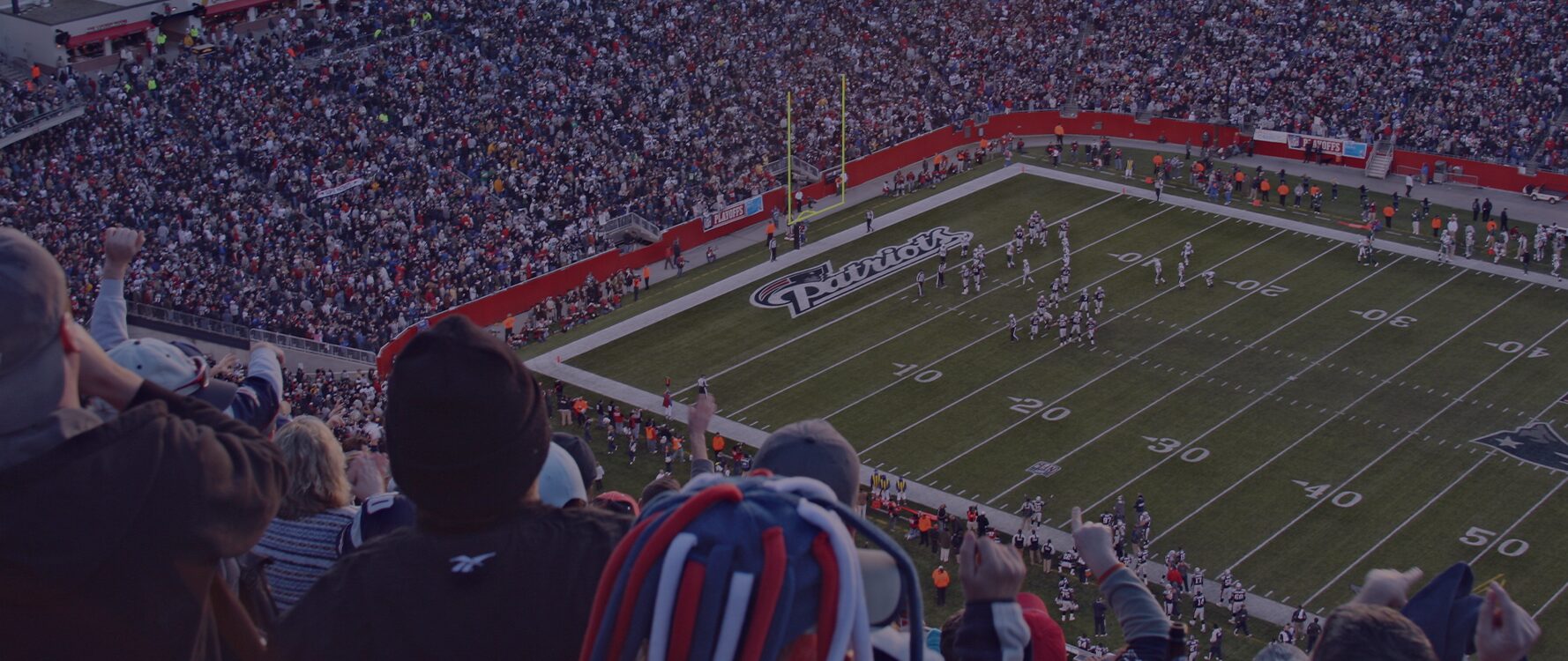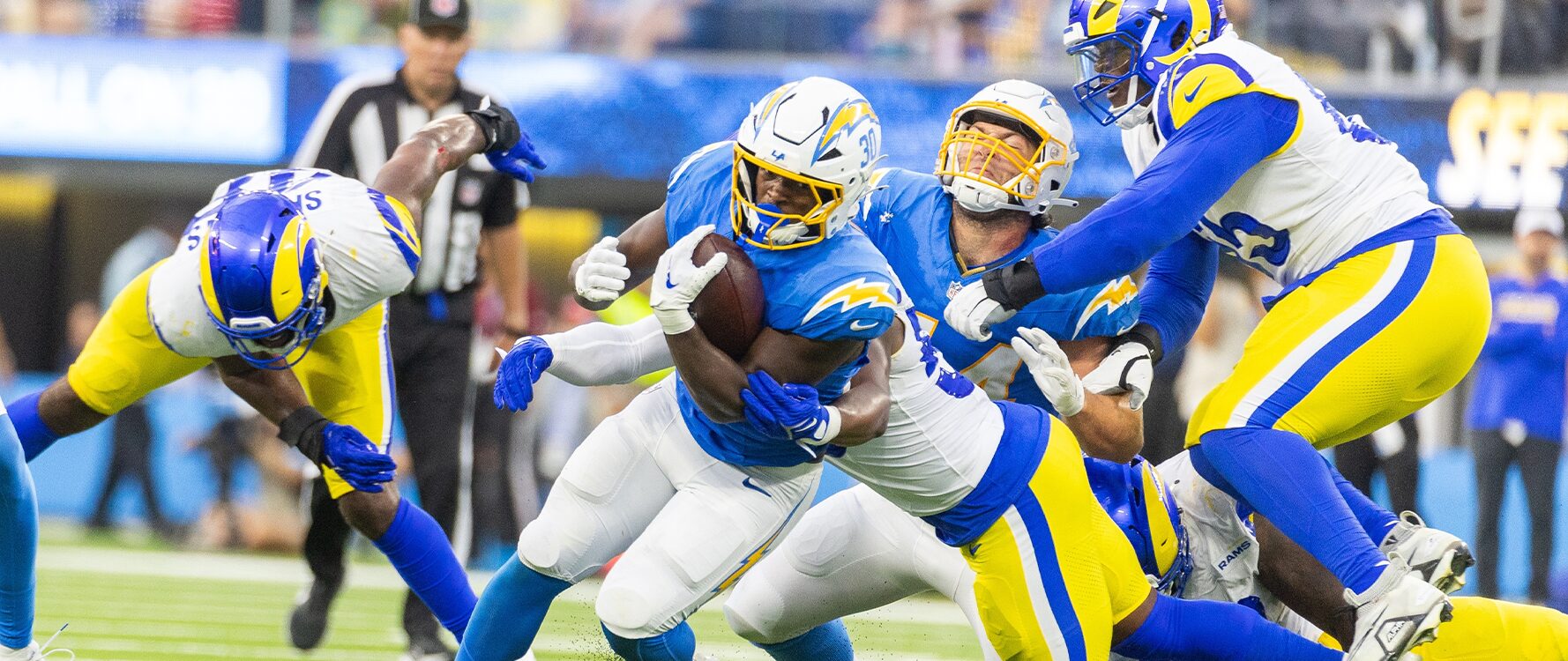Aug 21 • 9 min read
You've built what appears to be the perfect parlay. Three solid picks, decent odds, and you're feeling confident about your research. Then, 90 minutes before kickoff, you discover that the star running back you were counting on is suddenly listed as questionable with a hamstring injury. Your carefully crafted pick just became a gamble.
This scenario plays out every weekend for countless people who overlook one of the most valuable tools in parlay picking: NFL injury reports. These reports aren't just medical updates—they're windows into how games might unfold, offering crucial insights that can make or break your parlay.

Understanding NFL Injury Report Designations
The NFL requires teams to publish injury reports three times during the week leading up to games. These reports use specific designations that indicate a player's likelihood of playing:
Did Not Practice (DNP): The player didn't participate in practice. This doesn't automatically mean they won't play, but it's worth monitoring closely.
Limited Practice: The player participated in practice but with restrictions. They might have done individual drills or worked with trainers instead of full team activities.
Full Practice: The player participated in all practice activities without limitations.
Questionable: The player has roughly a 50% chance of playing. This designation requires the most careful analysis since the outcome could go either way.
Doubtful: The player is unlikely to play, with approximately a 25% chance of suiting up.
Out: The player will not play in the upcoming game.
The key lies in tracking how these designations change throughout the week. A player who starts Wednesday as DNP but progresses to limited practice by Friday shows positive momentum. Conversely, someone who regresses from full practice to limited participation might be dealing with a setback.
Key Injury Types That Impact Game Outcomes
Not all injuries affect performance equally. Understanding which injury types pose the greatest risk to your parlay picks helps you make smarter decisions.
Quarterback Injuries
Quarterback injuries carry the highest impact on game outcomes and betting lines. Even minor injuries to a starting quarterback can dramatically shift point spreads and totals. Hand, wrist, and throwing shoulder injuries deserve special attention since they directly affect passing accuracy and arm strength.
Monitor backup quarterback statistics and previous performances. Some backups maintain offensive productivity, while others significantly limit a team's scoring potential.
Running Back Injuries
Ankle, knee, and hamstring injuries severely impact running backs' effectiveness. These injuries often linger throughout the season, and players frequently play through pain with diminished performance.
Pay attention to a team's depth chart and rushing statistics with backup players. Teams with strong offensive lines might maintain ground game productivity with backup running backs, while others see significant drops in rushing yards and touchdown production.
Wide Receiver and Tight End Injuries
Hamstring injuries plague skill position players and often recur throughout the season. These injuries affect route-running precision and explosive plays.
Consider target share redistribution when key receivers are injured. Sometimes, this creates opportunities for other players to exceed their usual production levels, impacting player props within your parlay.
Offensive Line Injuries
Often overlooked by parlay pickers, injuries to the offensive line significantly impact team performance. These injuries impact both the effectiveness of the running game and quarterback protection.
Teams missing key offensive linemen often struggle in short-yardage situations and red zone efficiency. This information proves valuable when picking on rushing props or touchdown totals.

Reading Between the Lines: What Teams Don't Say
NFL teams strategically manage injury report information, sometimes obscuring the true severity of injuries. Learning to identify these patterns gives you an edge over other players.
Practice Participation Patterns
Teams sometimes list healthy players on injury reports to create uncertainty for opponents. Veteran players often receive "rest" days during Wednesday practices, appearing on injury reports despite being fully healthy.
Look for players who consistently appear on injury reports with minor designations but always play. These "maintenance" listings rarely impact game performance.
Coaching Staff Comments
Head coaches' press conference comments about injured players often provide more insight than official injury reports. Pay attention to phrases like "we'll see how they feel" or "they're making progress," which typically indicate uncertainty about game availability.
Confident statements about a player's availability, even when they're listed as questionable, often signal the team expects them to play.
Game-Time Decision Patterns
Track how individual teams handle game-time decisions. Some organizations consistently rule out players who remain questionable through Friday, while others regularly play questionable players.
Understanding these tendencies helps you make informed decisions about parlays that depend on specific players' availability.

Timing Your Parlay Picks Around Injury Reports
Strategic timing can significantly impact your parlay's success and potential payout. Understanding when to make your picks relative to injury report releases maximizes your advantages.
Early Week Opportunities
Monday and Tuesday often present opportunities to pick teams before injury severity becomes clear. If you anticipate that concerning injuries will prove minor, early picks can provide better odds.
However, this strategy requires confidence in your injury assessment and acceptance of higher risk.
Friday Final Reports
Friday's final injury report provides the clearest picture of player availability. Most players wait until this report before finalizing their parlays, which can move lines significantly.
Consider placing partial parlays early in the week and adding final legs after Friday's reports if you want to balance risk and opportunity.
Saturday and Sunday Morning Decisions
Last-minute injury news can create opportunities for live betting adjustments. Players sometimes experience setbacks during warm-ups or pre-game activities.
Follow reliable NFL reporters on social media for real-time injury updates that might not immediately reflect in the lines.

Building Injury-Aware Parlay Strategies
Successful parlay building requires incorporating injury analysis into your overall strategy. Here are key approaches to consider:
Diversification Across Injury Risk Levels
Avoid building parlays where multiple legs depend on players with questionable injury designations. If one leg of your parlay involves an injured player, ensure the other legs have more stability.
Consider balancing high-risk, high-reward picks involving injured players with safer selections that are less dependent on individual player health.
Backup Plan Development
Research backup players' capabilities and historical performance. Understanding how teams perform without key players helps you identify which games to avoid and which might present value opportunities.
Some teams maintain similar performance levels with backup players, while others see dramatic drop-offs that create opportunities.
Injury Trend Analysis
Track injury patterns throughout the season. Players who missed significant time with specific injury types often face higher re-injury risks upon return.
Teams dealing with multiple injuries to the same position group often struggle more than those with isolated injuries.
Common Injury Report Mistakes to Avoid
Even experienced players fall into predictable traps when analyzing injury reports. Avoiding these mistakes improves your long-term success.
Overreacting to Minor Designations
Not every injury report listing indicates serious concern. Veterans often receive maintenance days, and minor injuries rarely impact game performance significantly.
Focus on injury types that historically affect performance rather than reacting to every report listing.
Ignoring Cumulative Effects
Multiple minor injuries often impact players more than a single significant injury. A player dealing with both ankle and shoulder issues might struggle more than someone with one more serious injury.
Consider the total injury burden on key players and teams rather than evaluating each injury in isolation.
Underestimating Coaching Adjustments
A good coaching staff adapts game plans around injured players. Teams might emphasize different aspects of their offense or defense to compensate for missing players.
Research how teams have performed historically when dealing with similar injury situations.

Technology and Resources for Injury Tracking
Modern DFS players have access to numerous tools and resources that make injury tracking more efficient and accurate.
Social Media Monitoring
Beat reporters and NFL insiders often share injury information on social media before official reports. Following credible sources provides early insight into player availability.
However, verify social media reports with official sources before making your picks.
Historical Injury Databases
Several websites track player injury histories and return timelines. This information helps predict recovery patterns and re-injury likelihood.
Understanding typical recovery timelines for specific injury types improves your ability to assess questionable players' chances of playing effectively.
Line Movement Analysis
Betting line movements often reflect insider information about injuries. Significant line shifts without obvious explanations might indicate injury news that hasn't been publicly reported.
Monitor line movements in conjunction with injury reports to identify potential opportunities or warning signs.
Making Your Move: Putting It All Together
Transforming injury report analysis into profitable parlay picks requires a systematic approach and disciplined execution. Start by developing a consistent routine for monitoring injury reports throughout the week.
Create a simple tracking system that notes player designations, injury types, and progression patterns. This information becomes valuable reference material for future decisions.
Remember that injury analysis is just one component of successful parlay building. Combine this information with traditional handicapping factors like team statistics, matchup analysis, and situational factors.
The most profitable approach often involves avoiding games with significant injury uncertainty rather than trying to predict outcomes despite missing information.
Love building parlays and competing against others for cash prizes? Download the Wanna Parlay DFS app and start building your parlay.






